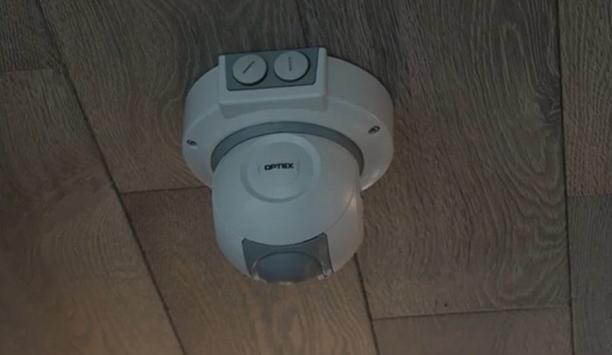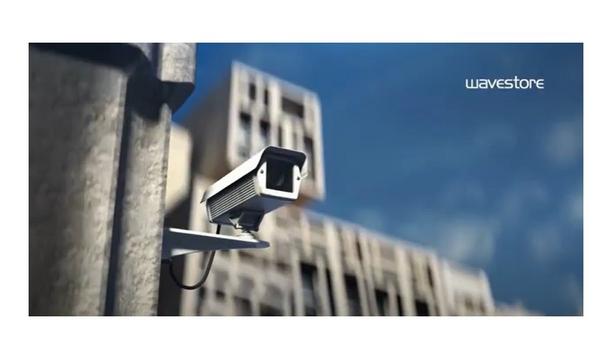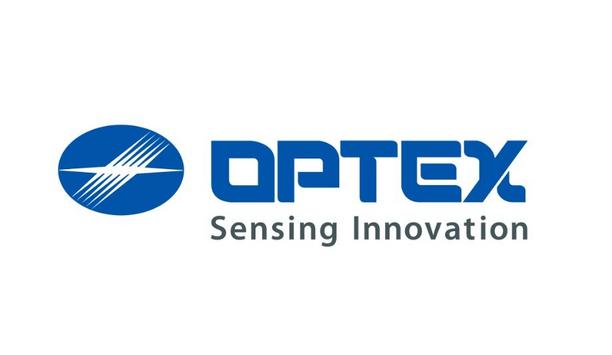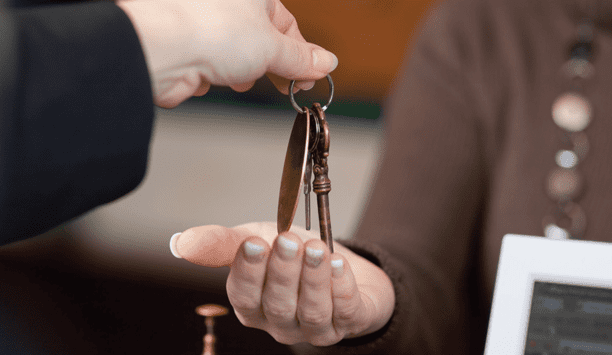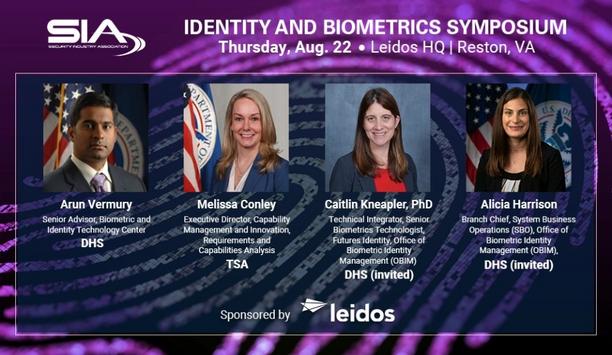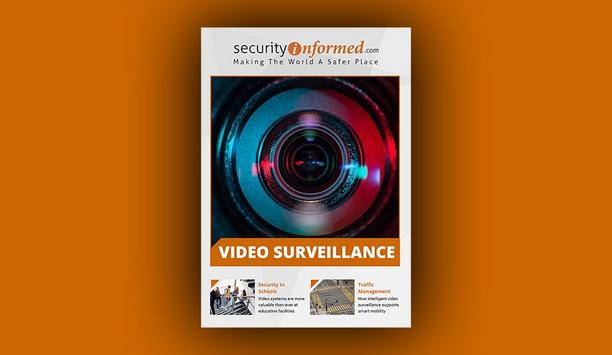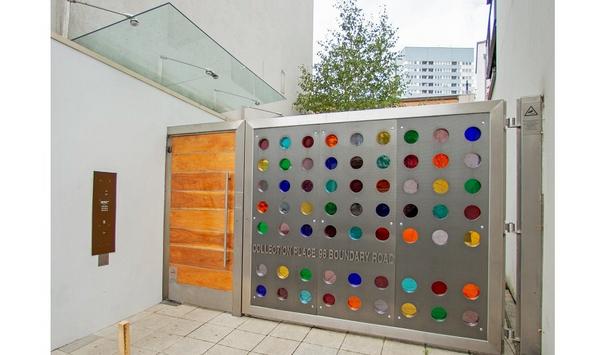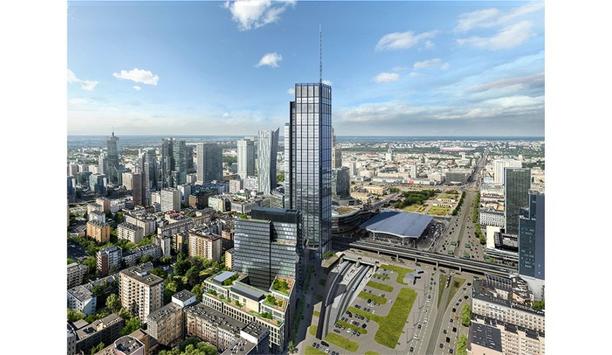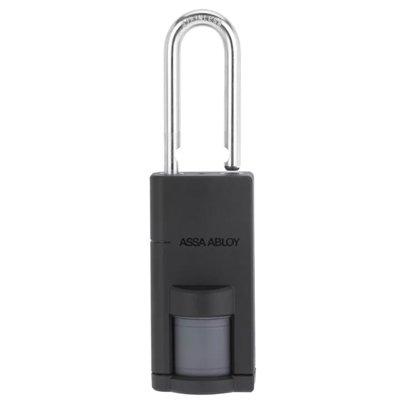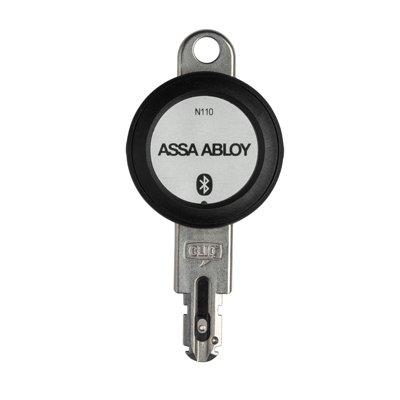Generally, the Less Than Load (LTL) industry is always looking to increase the amount of product shipped per truck. A lesser amount of product on a truck equates to a lower amount of billable product per trip.
Raw Load Average (RLA)
Raw Load Average (RLA) is the percentage of product on a truck – 100% is a completely full trailer. As the name implies, LTL averages less than 100%. In the fast- paced world of logistics, delivering millions of packages per day, than how do companies maximize the RLA?
Most shipping managers are responsible for inspecting each trailer, before it leaves for several additional items. They make sure that the packages are secure and then evaluate whether the truck can handle any more inventory. There might be 200+ dock doors in a 400,000 sq. ft. facility and dozens of trucks waiting to leave and get on with their trips. At peak times, inspections will require several individuals running all over the facility.
Less Than Load (LTL)
Industry experts estimate that only about 80% of trucks are actually inspected
Industry experts estimate that only about 80% of trucks are actually inspected. The missed trucks are now at risk for unsecured packages arriving damaged. More importantly, they are leaving 74% full. If the truck had waited another 30 minutes for inspection, they could have added another one skid of products to increase the load to 75%.
That 1% difference does not sound like much. However, considering the volume of shipments that the top 10 LTL companies deliver, the 1% will amount to somewhere between US$ 6 million and US$ 12 million per year, which goes directly to the bottom line.
Role of video security systems
So, what is the role of security video systems here? Well most people say that security video does not have a real Return on Investment (ROI) in its traditional role. It’s hard to disagree. One exception might be when security companies have used video systems to reduce the number of guards.
Using video, one guard can see as much as 3 or 4 guards could see in the past, without ever having to leave their post. This certainly reduces cost, but at the end of the day, guarding is still an overall cost to the bottom line. This case study will highlight how a couple of Salient’s very resourceful customers have transformed video into cash generating systems.
Operational efficiency with video
In the guarding scenario, video can put one person in several places at once. This operational efficiency can also be applied to how many people are needed to inspect trailers. But the ROI doesn’t come from removing a couple of salaries from the payroll.
The real money comes into play because now inspecting 100% of the trailers leaving the dock are possible versus 80% and get that RLA up by 2 or 3%. Then, it’s about the big bucks. And that’s just the tip of the iceberg, when looking at the overall operational efficiencies available by utilizing video.
Using video for misclassified products or shipment validation
In logistics, there is a huge revenue miss every year when it comes to products being ‘accidentally’ misclassified
In logistics, there is a huge revenue miss every year when it comes to products being ‘accidentally’ misclassified when shipped. All products being shipped have a classification, and each classification has a specific associated cost. These per-pound costs fluctuate based on the value of the product, required insurance, risk and other factors.
An example would be a sporting goods manufacturer shipping ammunition and firearms, under the code for clothing. In this example, a 200-pound load would be billed at about US$ 100, when it should be billed at closer to US$ 300. Multiply this by hundreds of packages a day and the total of the missed revenue is astronomical.
So how would a video surveillance system correct this problem? Certainly, security cameras cannot see though a box, but one would expect a box with 200 pounds of clothes to be a fairly large box. But if the box were full of firearms or ammunition, the video would reveal a much smaller box. This anomaly when noticed would prompt an operator to investigate the contents of the box and contact the manufacturer to rectify the billed amount. This process might seem a bit hypothetical, but already a current customer of Salient Systems is capturing over US$ 40 million a year with the right system components.
Using video to reduce OSHA violations and false claims
The logistics industry requires a tremendous amount of labor in order to operate. The more labor hours, the greater the propensity for on-the-job injuries, OSHA violations, insurance payouts, lawsuits and business interruption. False claims are also a consideration. Let’s look at some real-world examples of using video to reduce or eliminate these issues:
OSHA reports that 5,250 workers died on the job in 2018 (3.5 per 100,000 full-time equivalent workers), on average, more than 100 a week or more than 14 deaths every day. The loss of an employee is one of the most emotionally devastating situations a business can encounter. There are several benefits of video that can increase safety. One result of a fatality is typically an OSHA investigation. An action item that could result from this investigation would be to increase security guards. This is a perpetual cost that could continue for several months to years.
Video systems enhance guards’ efficiency
Video systems have been shown to improve the efficiency of guards, allowing them to have eyes on multiple areas
Video systems have been shown to improve the efficiency of guards, allowing them to have eyes on multiple areas at the same time. The systems can be coupled with the use of video analytics to alert guards to specific situations such as motion in areas that should be unoccupied or traffic proceeding in an unauthorized direction. In these ways, video systems can reduce the quantity of physical guards, thereby reducing the cost.
One of Salient’s customers is saving almost US$ 20,000 per month with the reduction of two guards and it has OSHA’s approval. The end result is that the safety of the employees has been increased and operational cost is lowered by implementing technology. Inadvertently, this same type deployment at another facility helped mitigate a US$ 900,000 slip-and-fall lawsuit, which could have also been a possible cause for an OSHA investigation.
Validation of safety policy
Validation of safety policy can also be a drain on resources. Auditing seatbelt use for forklift drivers, pedestrians using appropriate marked walking paths, and proper social distancing in work spaces are a few examples among many. Assigning an individual to monitor this activity is costly and people typically obey the rules only when that individual is present. However, video can capture this information all the time without huge labor cost. This information can then be audited and used for education processes.
OSHA statistics indicate that there are roughly 85 forklift fatalities and 34,900 serious injuries each year, with 42 percent of the forklift fatalities from the operator's being crushed by a tipping vehicle. The safest place for the driver to be is strapped. A facility that used video to audit seatbelt usage showed a 65% compliance rate. After the information was presented to the manager and employees, the next audit resulted in a jump to 87% compliance rate. In the event of an injury, this type of verifiable data can go a long way to prove that the employer is serious about employee safety and investing in ways to improve the safety culture within the company.
Using video to increase sales
LTL is a very competitive business and it is viewed primarily as a commodity type operation
LTL is a very competitive business and it is viewed primarily as a commodity type operation. A few pennies per pound can typically sway a decision-maker. Already some great operational efficiencies and benefits from video to lower cost and to making LTL more competitive has been discussed. But these ideas still don’t move LTL out of the ‘dog-eat-dog race to the bottom on price’ world. Now, let’s look at how to use the implementation of these same video systems to provide value propositions and competitive advantages for customers.
Many LTL customers have sensitive merchandise for which the safety and security of its delivery might outweigh cost differences. An example is freight regulated by government agencies, such as Drug Enforcement Agency (DEA), Alcohol, Tobacco and Firearms Agency (ATF), and Dept. of Energy (DOE). For example, the DEA reported ‘The overall trend of incidents of Controlled Prescription Drugs lost in transit increased in 2018 with the highest number since 2010.’
Extra layer of security
And the ATF’s Interstate Theft Program states that ‘Under the program, hundreds of reports of thefts and losses from interstate shipments are received each year’. With statistics like these, customers in these categories have a heightened sense of vulnerability. Offering systems such as surveillance video can add that extra layer of security and added confidence.
This is a marketable differentiator to help LTL companies set themselves apart from the traditional companies that only offer a lower cost. This, bundled with some of the other cost-saving measures outlined above, could be the icing on the cake needed for security departments to convince C-Level executives in their organization to invest in video.


